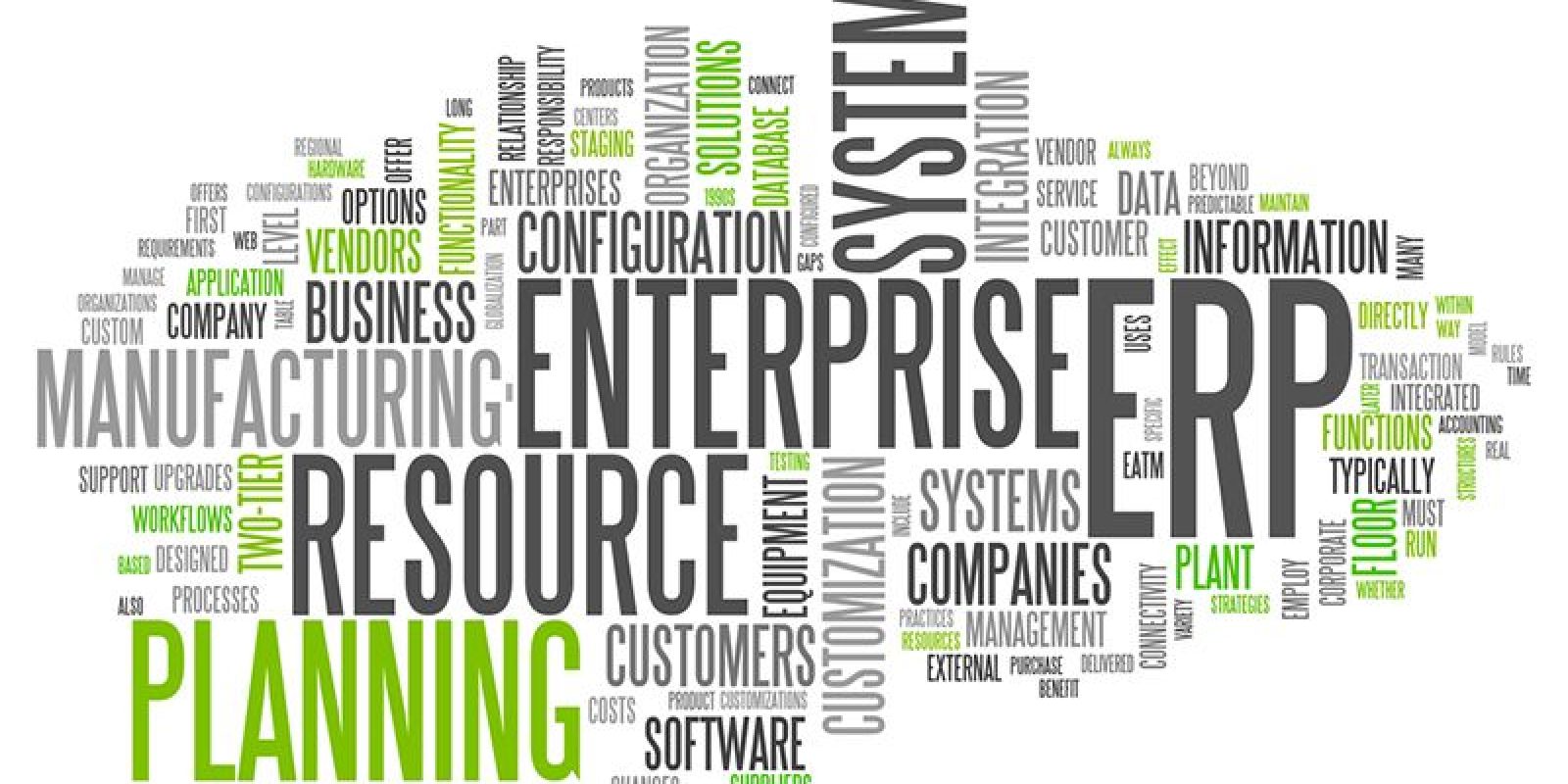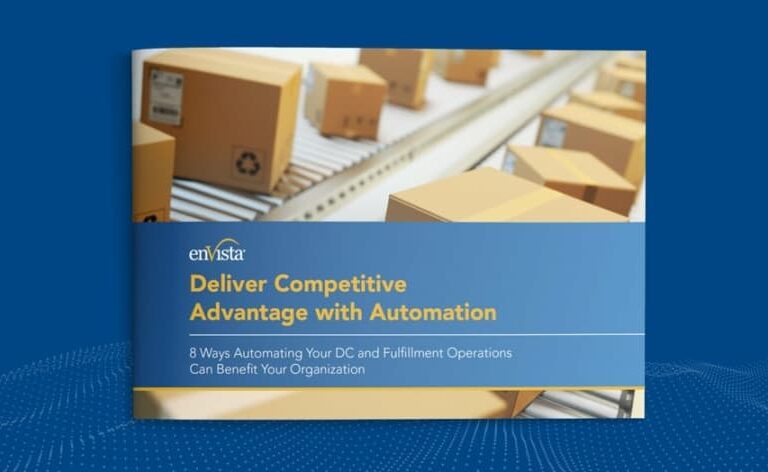Supply chain execution (SCE) technology is abundant, and each system has its own unique and valuable features that will help an organization’s supply chain reach operational excellence. However, having every single SCE technology is not feasible or effective. To circumvent this challenge, organizations should consider leveraging an enterprise resource planning (ERP) system that contains integrated supply chain capabilities. This will allow companies to optimize supply chain processes by minimizing cost, time and effort required when integrating multiple, disparate systems. It will also eliminate the need for expensive add-ons for businesses down the line.
Business decision-makers should find an ERP system that includes supply chain functionalities to manage warehouse operations, transportation and demand forecasting. Each system provides its own set of unique benefits for businesses.
Warehouse Management System (WMS)
By having an ERP system with a built-in WMS, users can access a single source for all business data. Other benefits include:
- Increases choice and flexibility with responsive processes for inbound and outbound orders.
- Lowers inventory costs and improves turnover with progressive inventory distribution.
- Raises productivity with RF support and picking systems.
Transportation Management System (TMS)
Having TMS functionality embedded into an ERP system provides bolstered support for the industry’s changing and growing transportation management demands. Other benefits for having an ERP system with TMS integration would be:
- Improves management of inbound and outbound shipments.
- Increases the number of consolidated shipments.
- Enables scheduling and managing driver appointments.
- Facilitates freight rates shopping.
Demand Forecasting
Incorporating an ERP system with integrated demand forecasting eliminates the need for data migration and integration. Other benefits include:
- Enables the capability to generate a statistical baseline forecast based on historical data.
- Provides a dynamic set of forecast dimensions.
- Allows for visualizing demand trends and adjusting the demand forecast.
- Helps to remove outliers.
- Leverages KPIs for accurate tracking the forecast.
Bridging the gap between an ERP system and supply chain management allows businesses to maximize IT dollars and resources. Accessing a single source of data is an instant benefit to business decision makers. Companies that need supply chain management functionalities should seriously consider the option of a single ERP system to lower cost-to-ownership and remove the need for third party supply chain solutions to avoid additional costs and labor associated with integrated disparate systems in the future as needs change.






